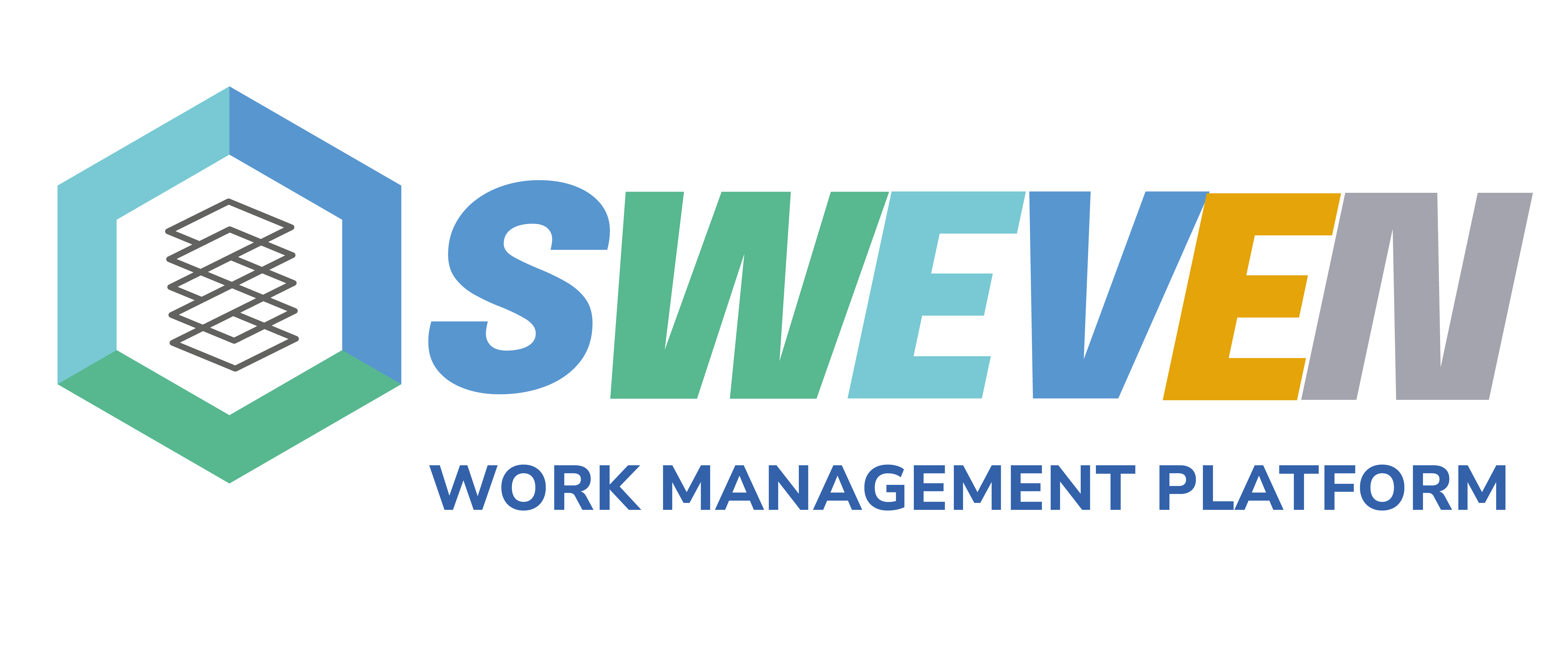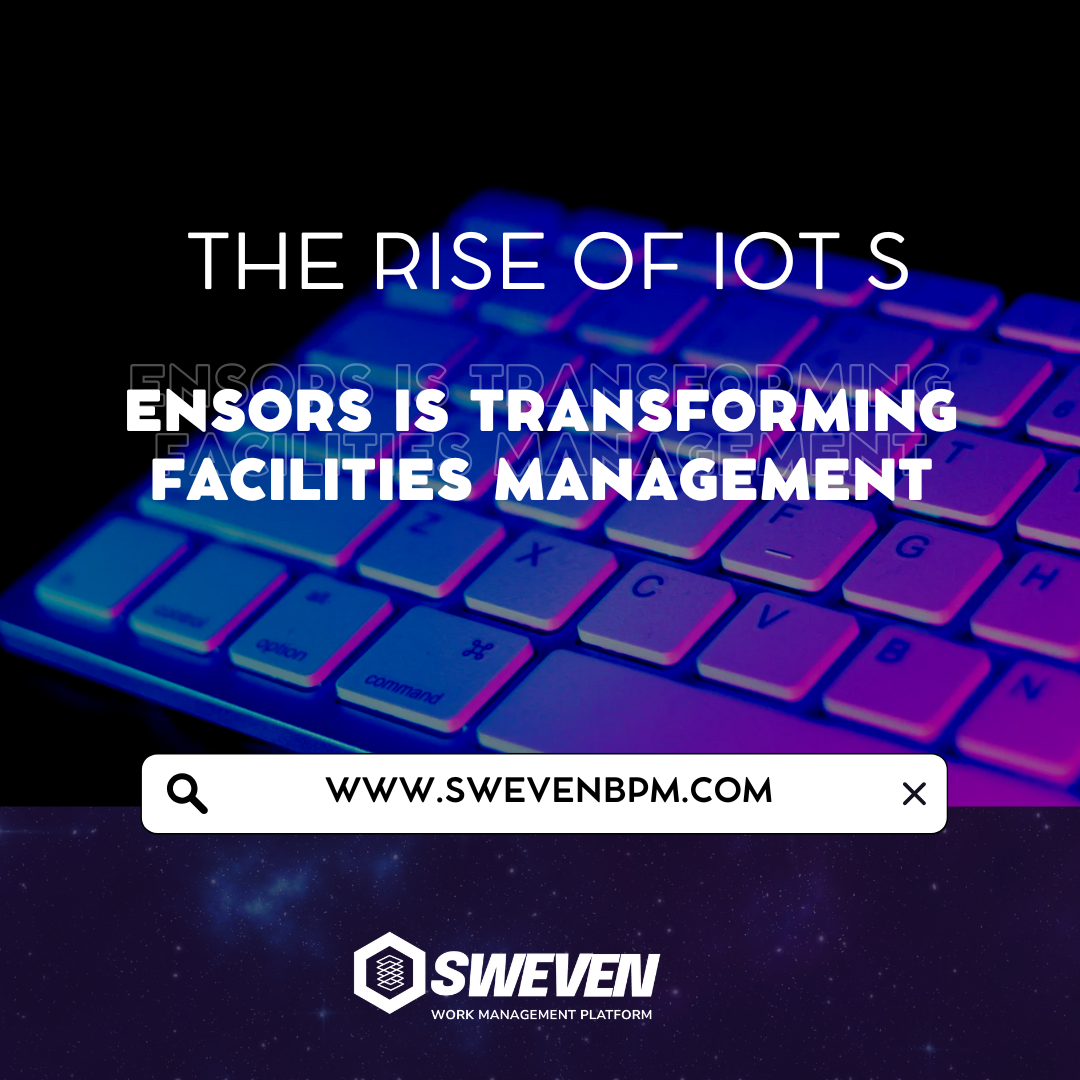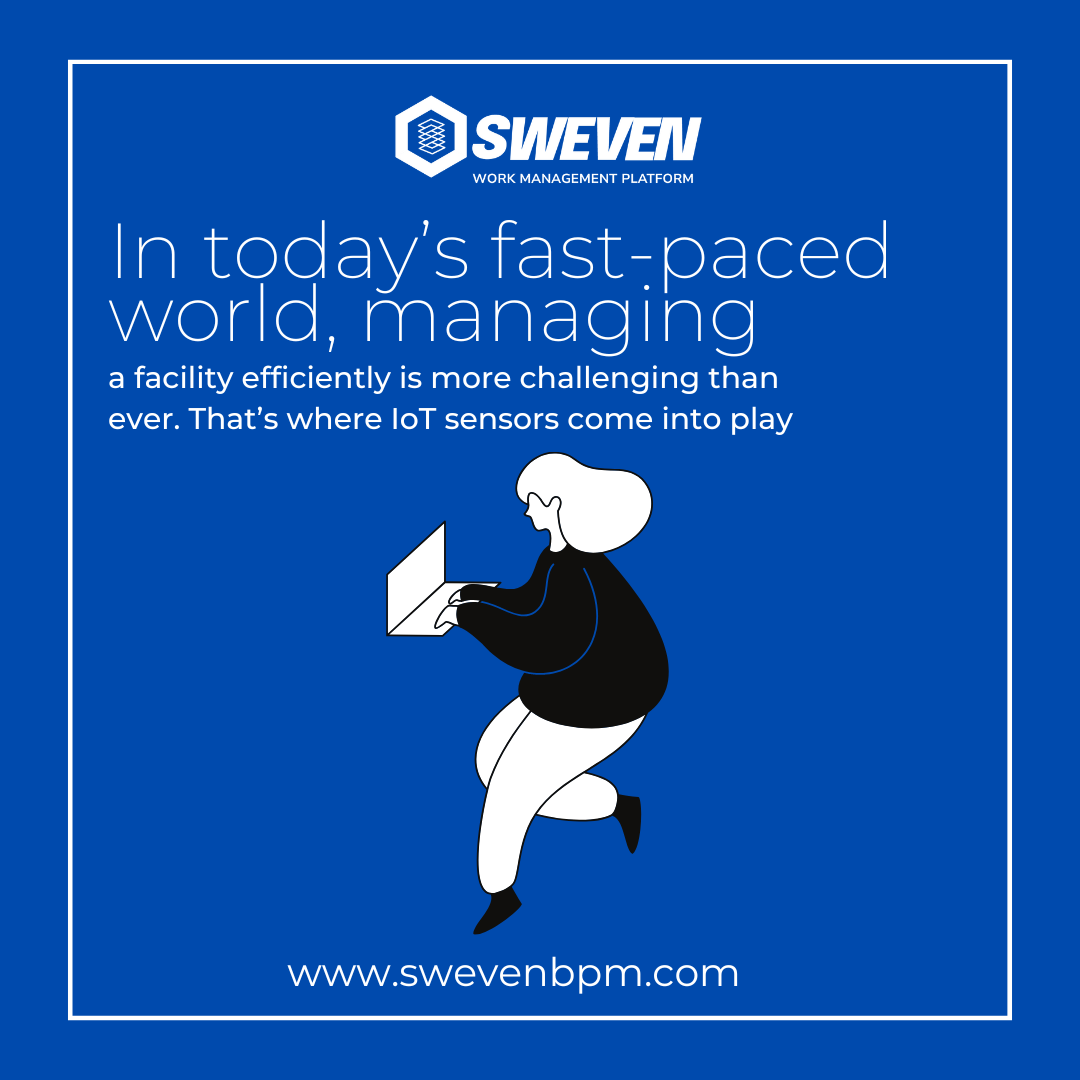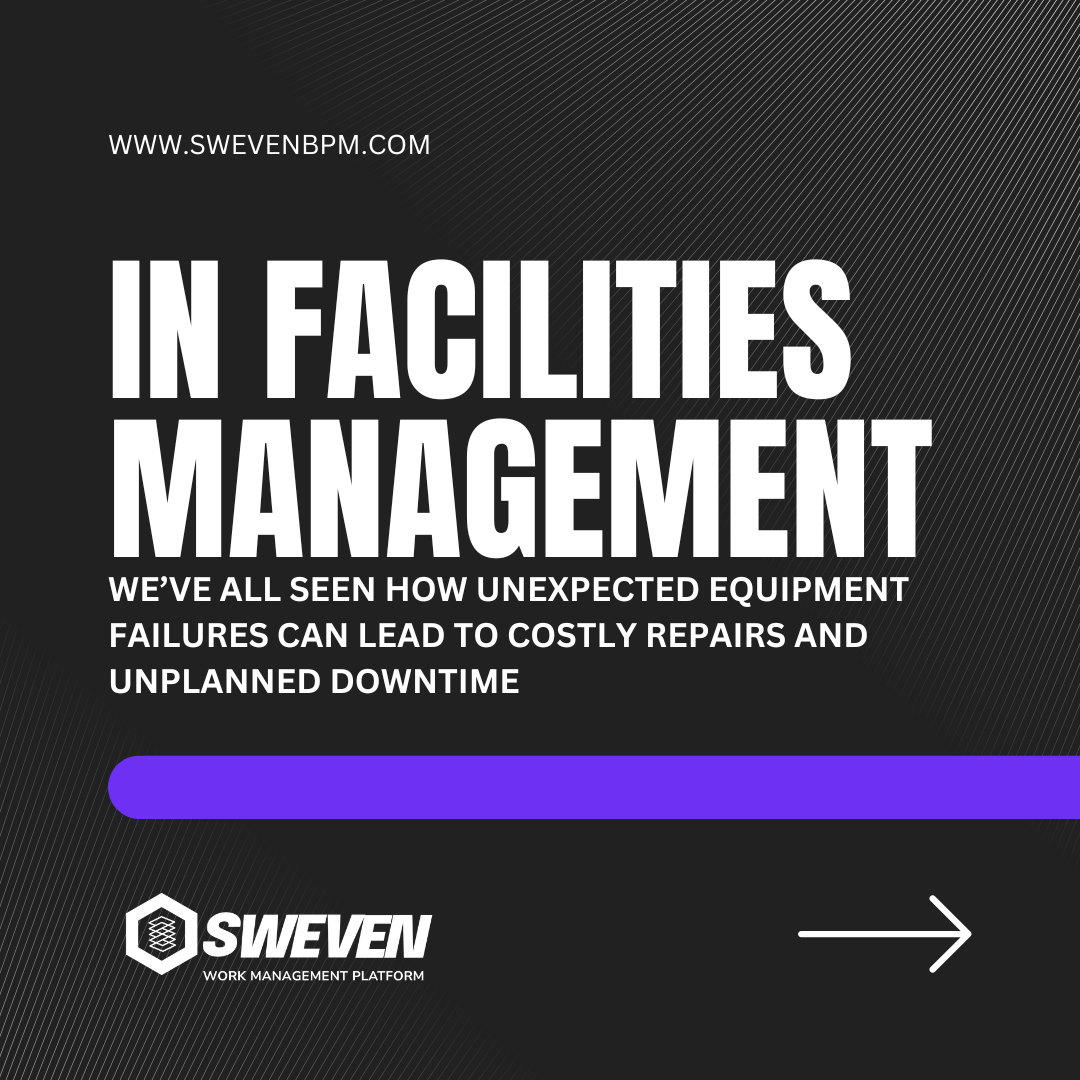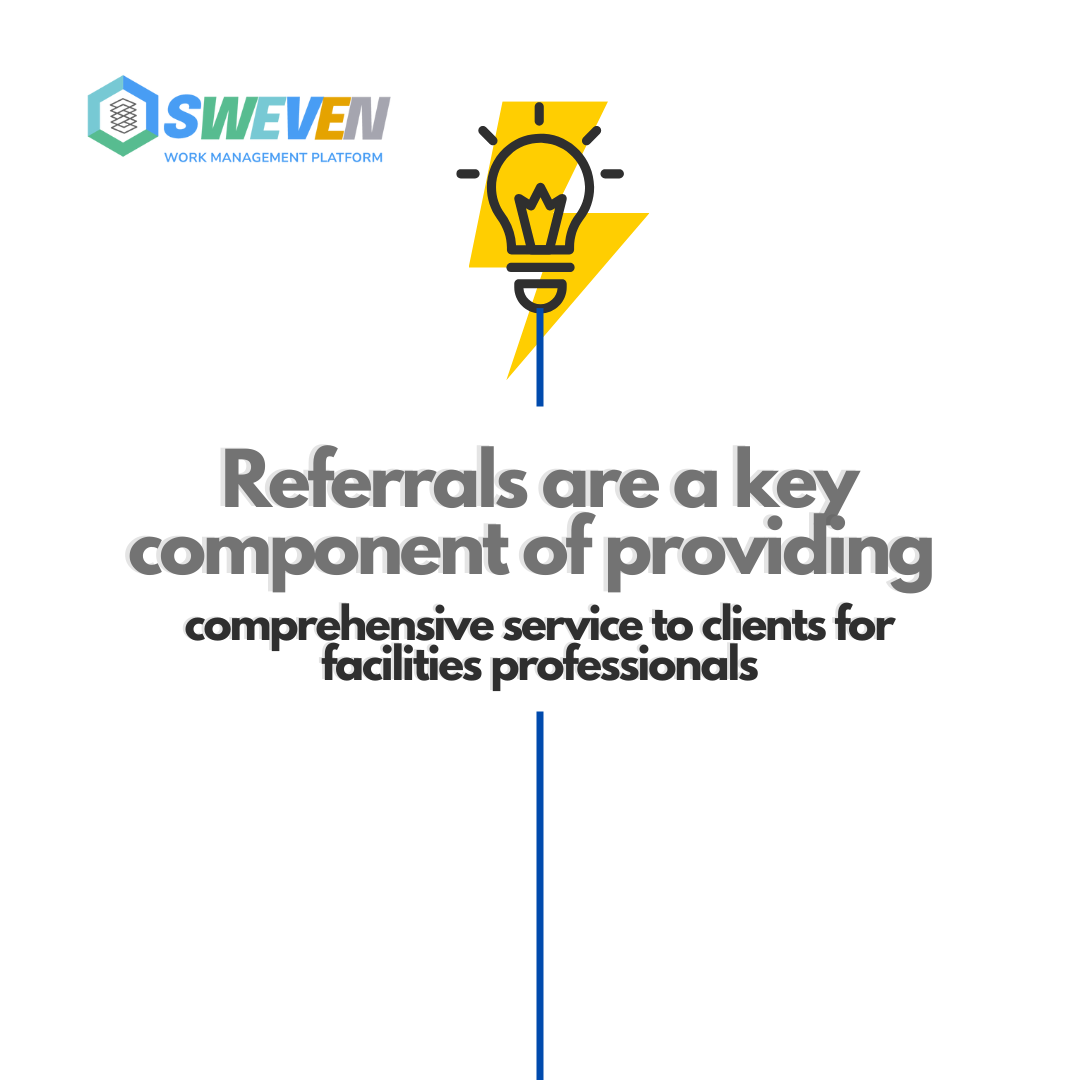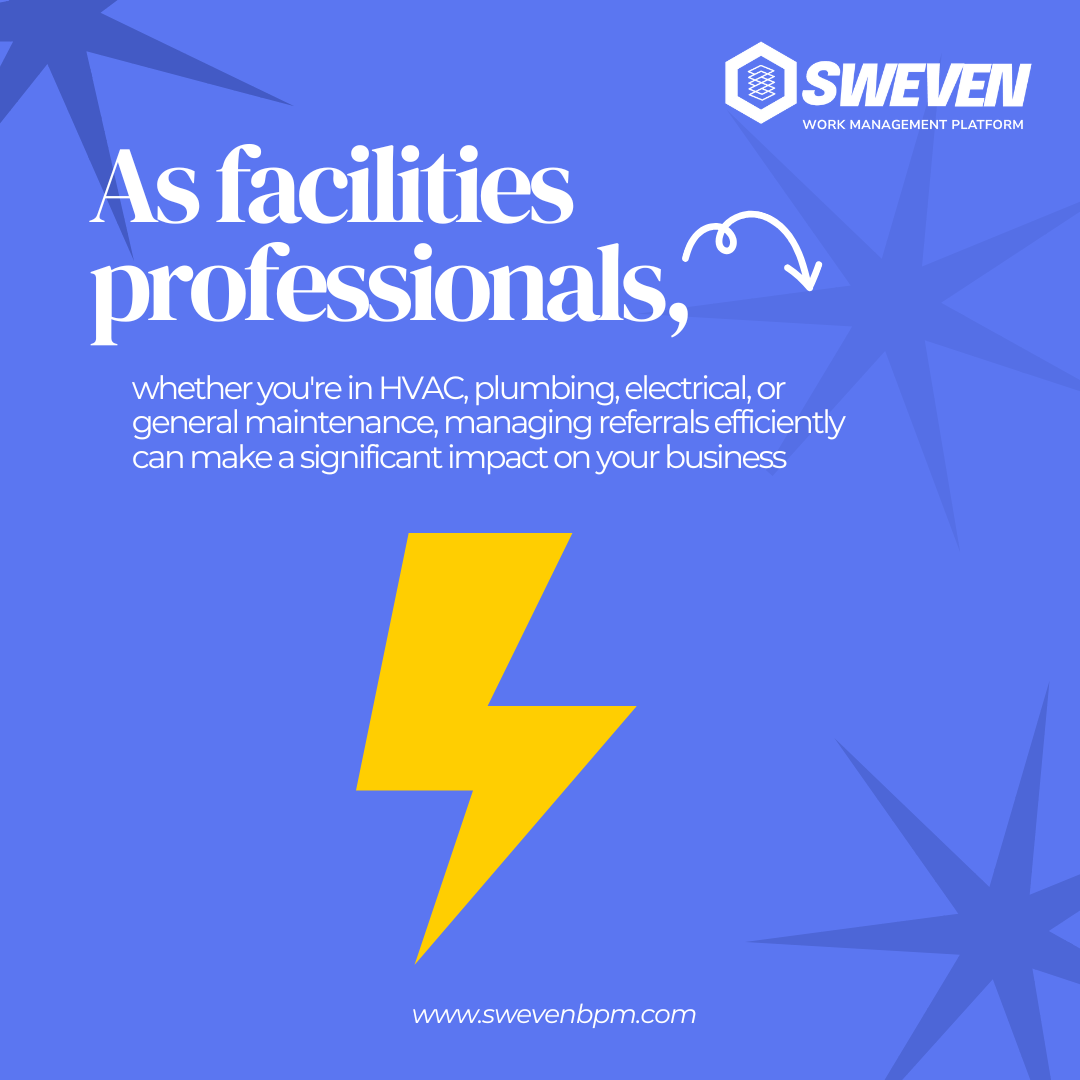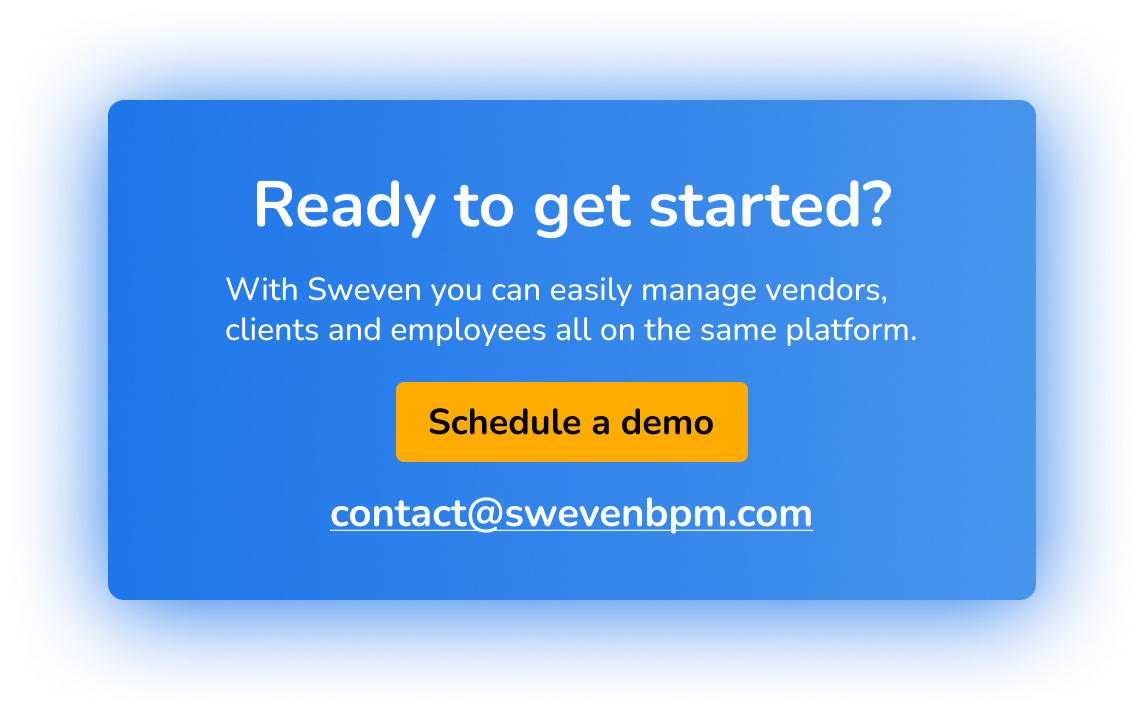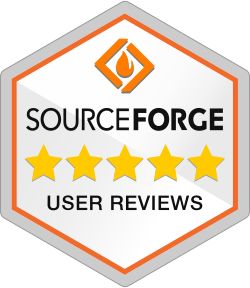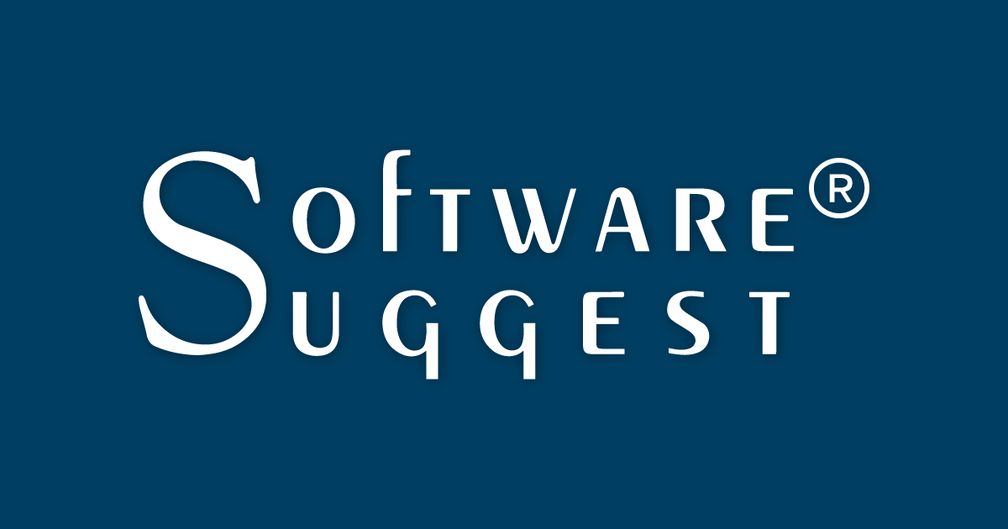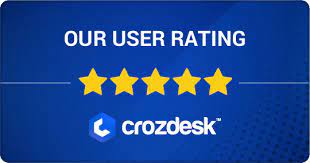Introduction:
Effective cost management is essential in facilities maintenance to ensure that resources are allocated efficiently, operations run smoothly, and budgets are not exceeded. However, budget constraints and unexpected cost overruns can pose significant challenges for facility managers. In this blog post, we’ll explore strategies for optimizing cost management in facilities maintenance, addressing budget constraints, and mitigating the risk of cost overruns.

Understanding the Challenges of Cost Management in Facilities Maintenance:
Facilities maintenance involves various expenses, including labor costs, equipment purchases, repairs, utilities, and compliance-related expenditures. Several factors can contribute to cost management challenges:
Budget Constraints: Limited budgets may restrict investments in preventative maintenance, upgrades, and necessary repairs, leading to deferred maintenance and increased risk of equipment failure.
Unplanned Expenses: Unexpected equipment breakdowns, emergency repairs, and compliance violations can result in unplanned expenses that strain budgets and lead to cost overruns.
Inefficient Resource Allocation: Inefficient resource allocation, such as overstaffing or underutilization of equipment, can lead to unnecessary costs and waste.
Lack of Visibility: Limited visibility into spending patterns, cost drivers, and lifecycle costs of equipment can hinder informed decision-making and effective cost management.
Vendor Costs: Managing vendor contracts, service agreements, and outsourcing arrangements can pose challenges in controlling costs and ensuring value for money.
Strategies for Optimizing Cost Management:
To address budget constraints and mitigate the risk of cost overruns in facilities maintenance, facility managers can implement the following strategies:

Develop a Comprehensive Budget: Develop a detailed budget that accurately reflects the costs associated with maintenance activities, including labor, materials, equipment, utilities, and contingency funds for unexpected expenses.
Prioritize Preventative Maintenance: Allocate resources to preventative maintenance activities to prevent costly breakdowns, extend equipment lifespan, and minimize long-term maintenance costs.
Implement Cost-Effective Solutions: Evaluate cost-effective solutions such as energy-efficient upgrades, sustainable practices, and innovative technologies that can reduce operating costs and improve efficiency.
Conduct Lifecycle Cost Analysis: Consider the total cost of ownership over the lifecycle of equipment when making purchasing decisions, taking into account acquisition costs, operating expenses, maintenance costs, and disposal costs.
Monitor Spending and Performance: Implement systems to track and monitor spending against budgeted amounts, as well as performance metrics such as equipment uptime, maintenance backlog, and energy consumption.
Negotiate Vendor Contracts: Negotiate vendor contracts and service agreements to ensure favorable terms, competitive pricing, and clear performance expectations. Regularly review vendor performance and costs to identify opportunities for optimization.
Foster a Culture of Cost Awareness: Educate employees about the importance of cost management and encourage them to identify cost-saving opportunities, streamline processes, and eliminate waste.
Mitigating the Risk of Cost Overruns:
To mitigate the risk of cost overruns, facility managers should:
Establish Contingency Plans: Develop contingency plans and reserves to address unexpected expenses and emergencies without impacting overall operations.
Conduct Risk Assessments: Identify potential risks and vulnerabilities that could lead to cost overruns, such as equipment failures, compliance violations, or supply chain disruptions.
Monitor and Adjust: Continuously monitor spending, performance, and market conditions, and adjust plans and budgets accordingly to mitigate the risk of cost overruns.

Conclusion:
Optimizing cost management in facilities maintenance requires proactive planning, effective budgeting, and strategic decision-making. By prioritizing preventative maintenance, implementing cost-effective solutions, conducting lifecycle cost analysis, monitoring spending and performance, negotiating vendor contracts, fostering a culture of cost awareness, and mitigating the risk of cost overruns, facility managers can optimize resource allocation, control costs, and ensure the long-term sustainability of facilities maintenance operations. By adopting these strategies, facilities can operate more efficiently, minimize financial risks, and achieve greater value for money in their maintenance activities.
